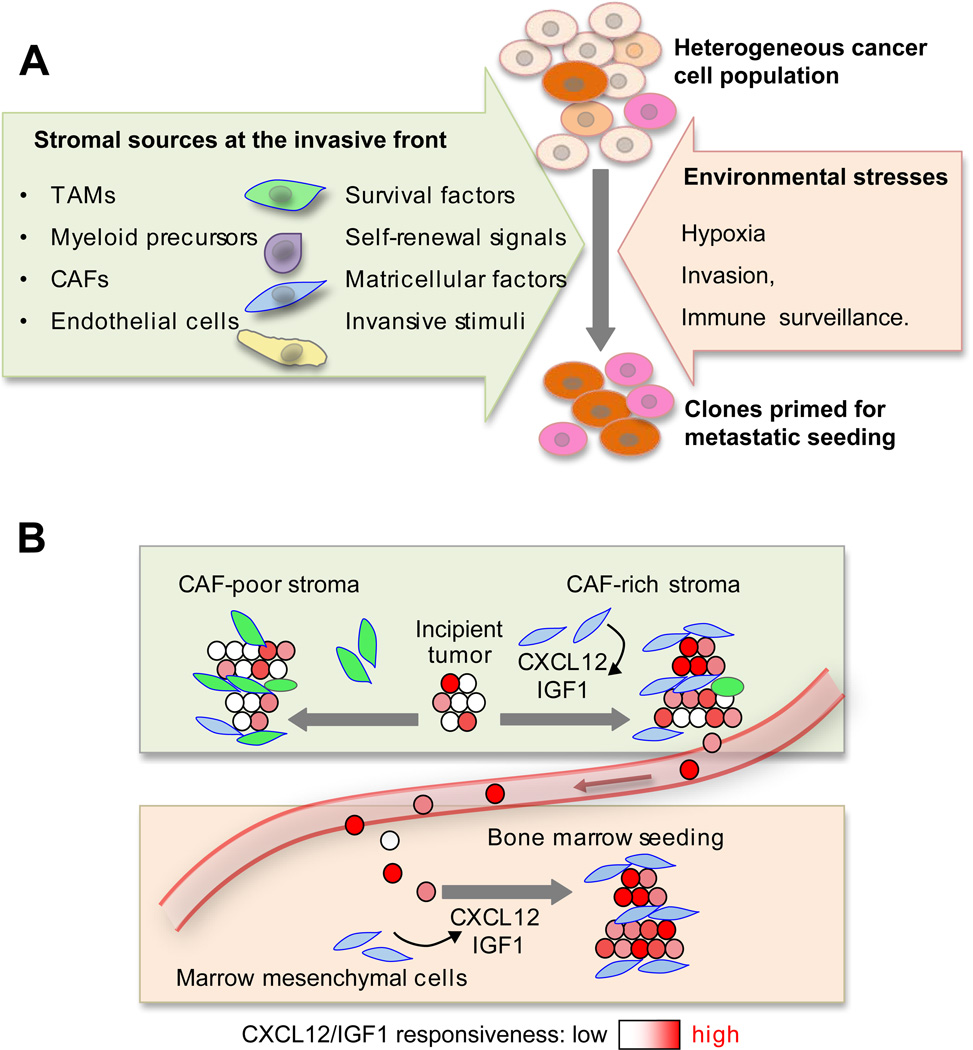Figure 3. Selection of metastatic traits in primary tumors.
A. Cancer cells at the invasive front of primary tumors are exposed to the stresses of invading surrounding tissue, hypoxia, and immune surveillance. Various stromal cell types produce signals that cancer cells can use for survival, self-renewal, invasiveness and migration. Under selective pressure, these signals skew the heterogeneous cancer cell population towards a preponderance of clones that are primed for survival also under stress of infiltrating distant tissues. B. When the stroma of a primary tumor is rich in cell and signals that resemble those of a particular distant tissue, cancer cell clones selected in the primary tumor may be primed to thrive in that particular tissue. An example is provided by the ability of a CAF-rich stroma in breast tumors to select for cancer cell clones that are fittest to respond to the CAF-derived factors CXCL12 and IGF1, and thereby primed for survival in the CXCL12- and IGF1-rich environment of the bone marrow. [Image adapted from (Zhang et al., 2013b)].

